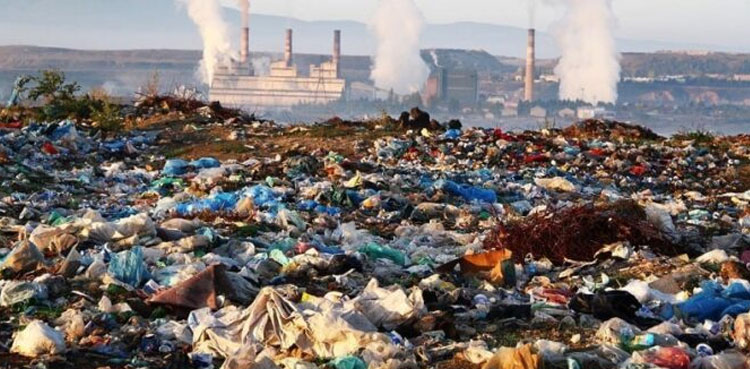In the heart of Pakistan, Karachi stands as a testament to growth and urbanization. Yet, beneath its expansive skyline, the city is wrestling with a burgeoning crisis that threatens the very air its residents breathe. The specter of pollution looms large over Karachi, presenting a multifaceted challenge that endangers public health, the environment, and the quality of life of its over 20 million inhabitants. Amidst the hustle of daily life, the city’s air quality indices frequently breach critical levels, placing Karachi amongst the ranks of the world’s most polluted metropolises.
The roots of Karachi’s pollution are manifold, with vehicular emissions, industrial activities, and construction dust being the primary culprits. These factors converge to cast a pall of smog over the city, especially pronounced in the winter months, exacerbating health issues among the populace, from respiratory problems to cardiovascular diseases.
Vehicular Emissions: The Predominant Offender
The streets of Karachi are a bustling maze of cars, motorcycles, buses, and trucks. A significant number of these vehicles are in poor condition, belching out pollutants owing to incomplete fuel combustion.
The city’s struggle is compounded by the lax enforcement of emissions regulations,
allowing aged, pollution-heavy vehicles to dominate the roads.
Industrial Pollution: An Unrestrained Threat
Karachi’s industrial domain, encompassing sectors from textiles to pharmaceuticals, contributes its share of air and water pollution. A considerable number of factories flout environmental safeguards, discharging hazardous effluents and putting both marine ecosystems and human health at risk.
The Quagmire of Waste Management
The city’s inadequate waste management practices further aggravate its pollution woes.
Deficient garbage collection and disposal mechanisms result in the accumulation of refuse in
public spaces, fostering disease and contributing to air and water contamination through burning and decomposition.
Charting a Course Forward: Imperative Measures
Addressing Karachi’s dire pollution scenario necessitates a comprehensive, multi-faceted strategy, engaging the government, public, and private sectors in a concerted effort.
The path to a cleaner, healthier Karachi is paved with several critical steps:
Reinforcing Regulatory Frameworks
The enactment and stringent enforcement of robust emissions standards for vehicles and industrial operations are crucial. These measures would serve to significantly mitigate the levels of pollution discharged into Karachi’s air and waterways.
Elevating Public Transport Systems
By enhancing and expanding Karachi’s public transportation network, the reliance on private vehicles can be reduced. This shift is essential for alleviating traffic congestion and minimizing vehicular emissions, contributing to a substantial improvement in air quality.
Revolutionizing Waste Management
The adoption of modern, efficient waste management technologies—including recycling initiatives and waste-to-energy projects—is imperative.
Such advancements are key to addressing the pollution stemming from solid waste effectively.
Cultivating Green Spaces
The development of green belts and the planting of trees across
Karachi not only enrich the city’s aesthetics but play a pivotal role in purifying the air. These
green spaces are vital for reducing urban heat islands and providing serene recreational areas
for the city’s inhabitants.
Fostering Public Awareness
Educating Karachi’s populace about the detrimental impacts of pollution and promoting environmentally friendly practices are essential for nurturing a culture of environmental stewardship. Public engagement and awareness are fundamental to driving collective action against pollution.
The fight against pollution in Karachi is a pressing imperative, demanding swift and decisive action to protect public health, preserve environmental integrity, and ensure a sustainable future for one of Pakistan’s most dynamic cities. By confronting these challenges head-on, Karachi can steer itself towards a future marked by cleaner air, clearer skies, and a healthier environment for all its residents.
The journey is undoubtedly complex, but with collective resolve and targeted action, a revitalized Karachi, breathing freely and thriving, is within reach.
Asfar, Sawera Lodhi and Mehtab Nazeer also contributed to this blog


Leave a Comment